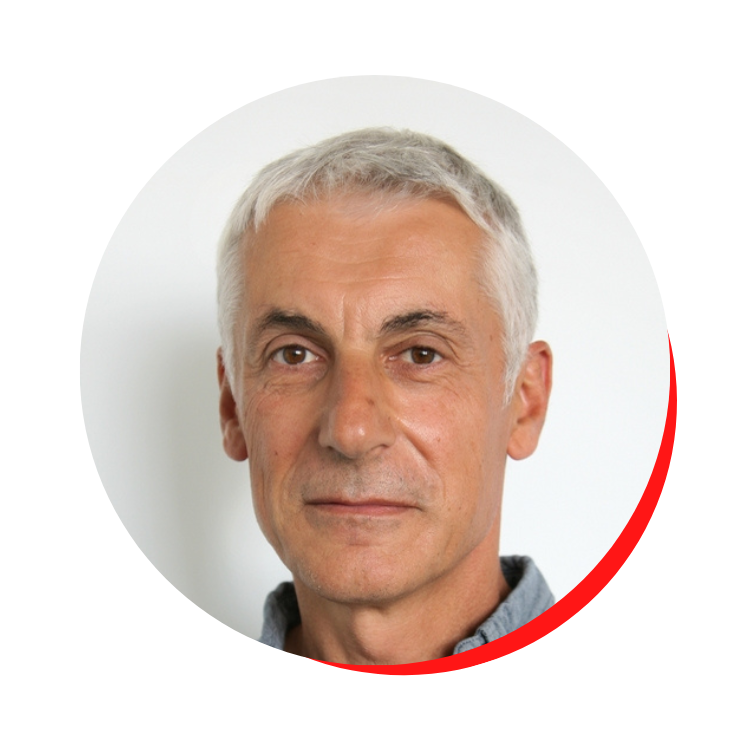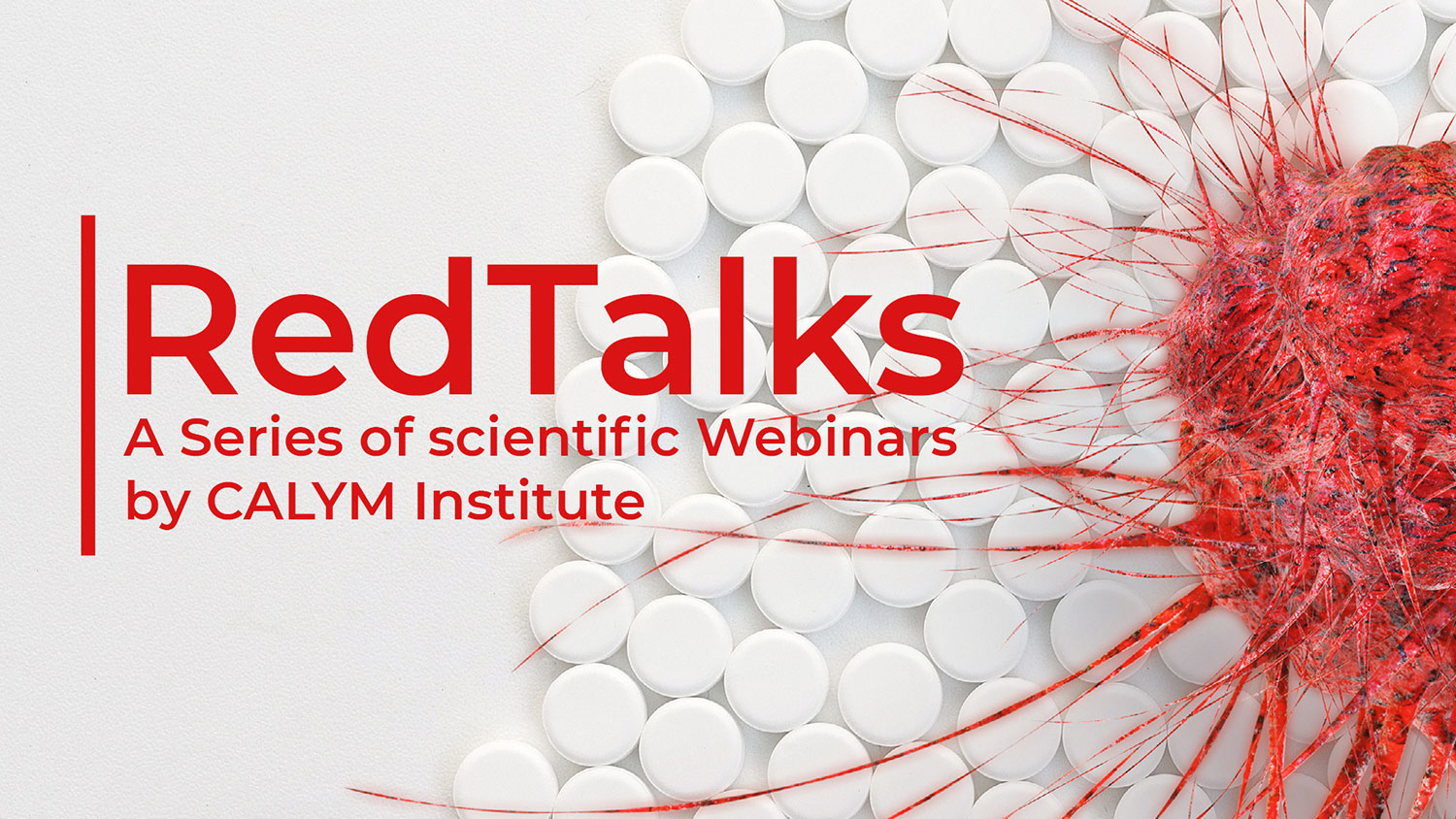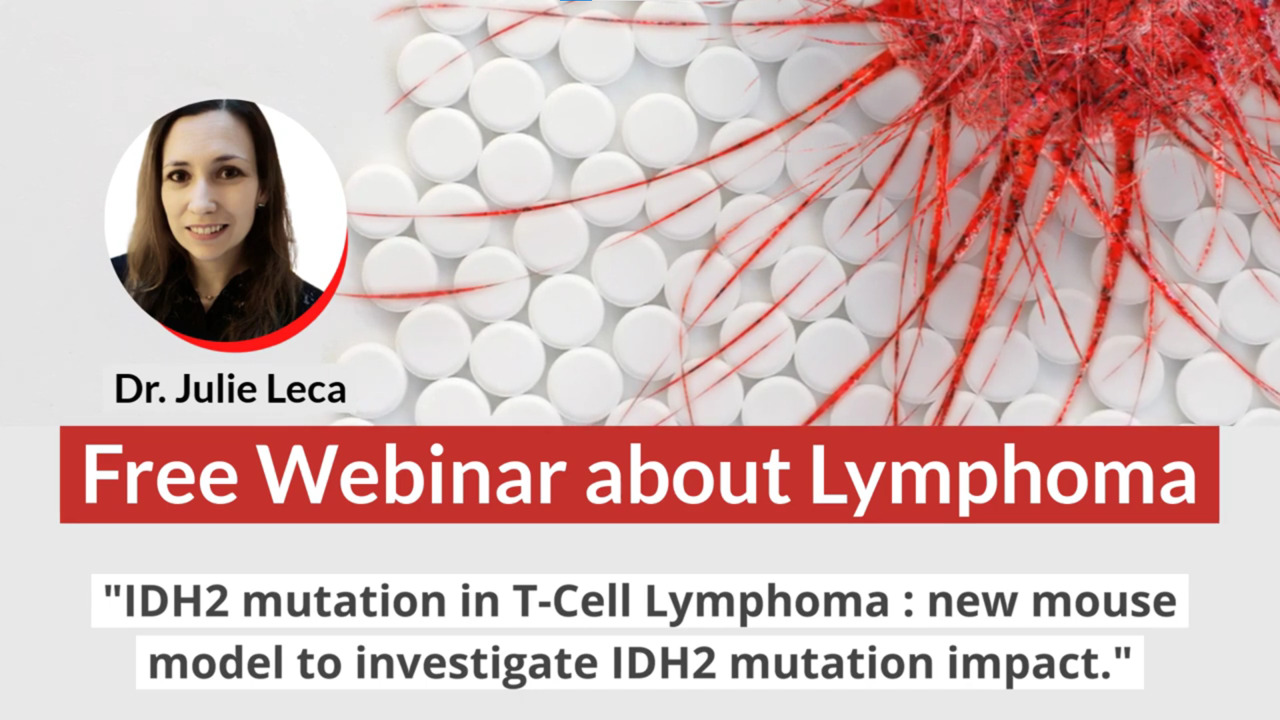RedTalks #1 Saison 3: The Single-Cell Pathology Landscape of Diffuse Large B Cell Lymphoma
Date :
Thursday, November 3rd 2022 – 6:00 PM (CET), in English and available in replay after the event
Speaker :
- Pr. Olivier Elemento – Director of the Englander Institute for Precision Medicine and Director of the Institute for Computational Biomedicine at Weill Cornell Medical College

Publications :
- Cohesin Core Complex Gene Dosage Contributes to Germinal Center Derived Lymphoma Phenotypes and Outcomes – PubMed (nih.gov)
- Dissecting bulk transcriptomes of diffuse large B cell lymphoma – PubMed (nih.gov)
- Effective Combination Therapies for B-cell Lymphoma Predicted by a Virtual Disease Model – PubMed (nih.gov)
Moderators :
- Pr. Pierre Brousset, Head of the department of Anatomical pathology (IUCT Oncopole, Toulouse)
- Pr. Mikael Roussel, hospital practitioner in the Hematology Laboratory of the University Hospital of Rennes (CHU de Rennes)


We are delighted to welcome Pr. Olivier Elemento, Director of the Englander Institute for Precision Medicine and Director of the Institute for Computational Biomedicine at Weill Cornell Medical College
Professor Elemento’s lab combines Big Data analytics with experimentation to develop entirely new ways to help prevent, diagnose, understand, treat and ultimately cure cancer. Their research involves routine use of ultrafast DNA sequencing, proteomics, high-performance computing, mathematical modeling, and artificial intelligence/machine learning.
With a strong focus on blood cancers (lymphomas and leukemias). Pr. Elemento’s lab uses ChIP-seq, RNA-seq, computational modeling to investigate how genes are regulated in cancer cells and how gene regulation in cancer cells differs from normal cells. Cancer is a fundamentally evolutionary disease. Using high-throughput sequencing, they are investigating how the tumor genome (and epigenome) evolves in time and particularly upon drug treatment.
Diffuse large B-cell lymphoma is a heterogeneous disease with established patterns of recurrent molecular and genetic features. However, we have limited understanding of the cellular composition of DLBCL tumors and the underlying biology of the tumor microenvironment (TME). To address this knowledge gap, Pr. Elemento will describe how they used imaging mass cytometry to simultaneously quantify 57 protein markers across serial sections of tumor tissues, providing single-cell resolution tissue maps across 545 tumor cores from 328 primary DLBCL tumors. Single-cell clustering and cell community analysis identified 27 distinct cell types and 19 cell communities with 5 overarching subtypes of tumor composition and structure. The 5 TME subtypes are associated with distinct patterns of response to chemotherapy. Their analysis also identifies associations between recurring somatic mutations and abundance of immune and tumor cell populations, thus providing new insights into the function of these mutations. Altogether this is the first comprehensive assessment of the molecular and cellular landscape of DLBCL by highly multiplexed imaging. Identifying TME compositions in patients will improve patient stratification and may provide helpful context for the milieu of immune engaging therapies currently being evaluated for the treatment of DLBCL.
Last but not least, we are also pleased to welcome great moderators: Pr. Pierre Brousset, Head of the department of Anatomical pathology (IUCT Oncopole, Toulouse) and Pr. Mikael Roussel, hospital practitioner in the Hematology Laboratory of the University Hospital of Rennes.



